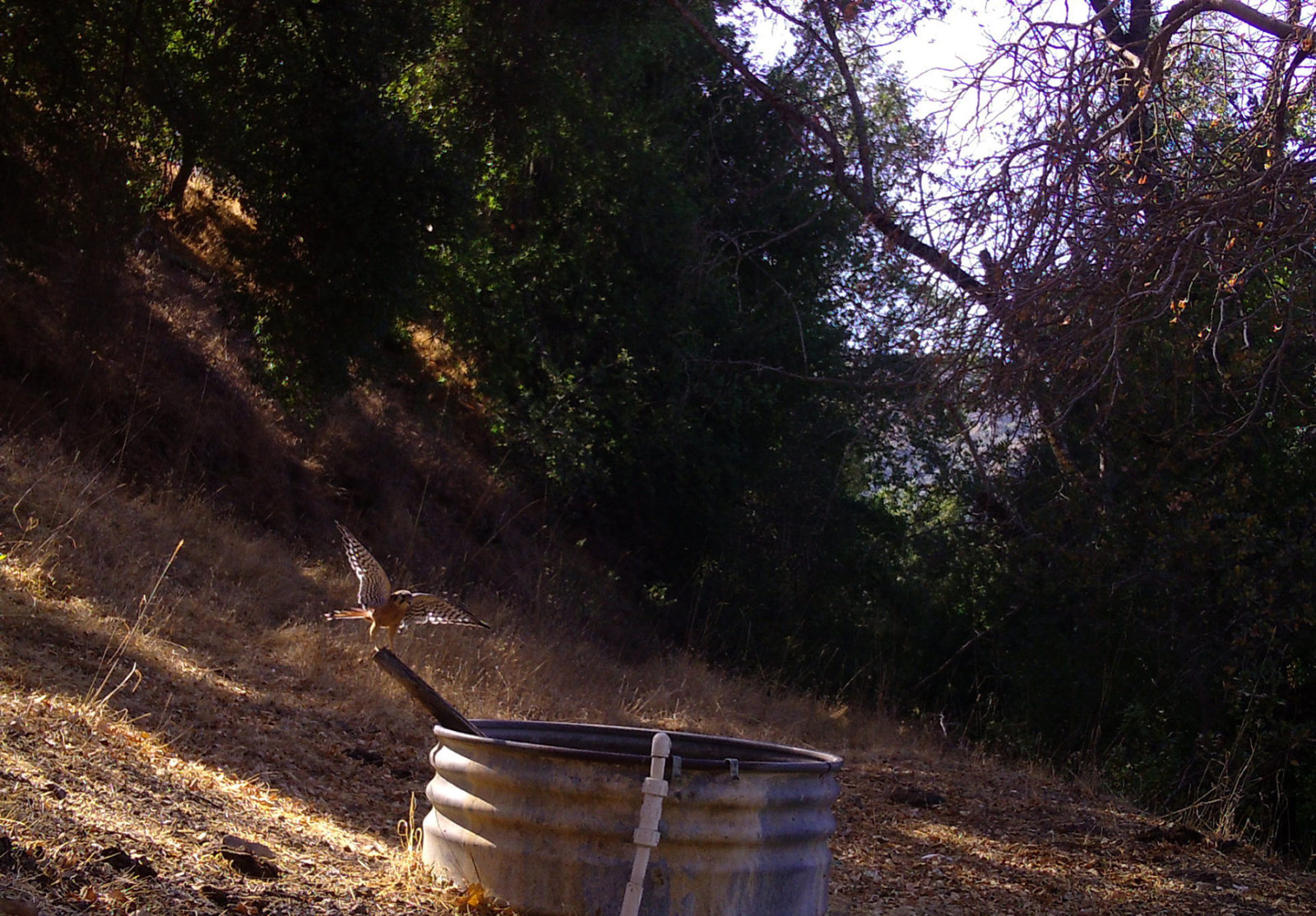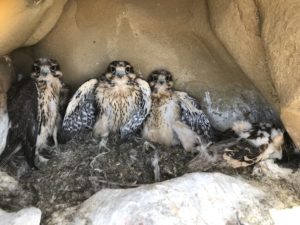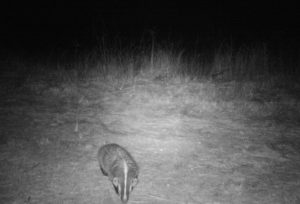
Afternoon sunlight filters through trees around a metal water cistern. Gathered there to take a drink and rest is the smallest falcon in North America, roughly the size of a mourning dove but with talons and a raptor’s hooked beak. They are a familiar sight to anyone who enjoys the outdoors, both in the Bay Area and throughout the United States, where they take the title of our most common falcon.
Though not an official title, they may also be some of our most colorful birds of prey. Male kestrels in particular have a combination of russet backs and chests, fading into black freckled, creamy chests. In contrast, their wings are a steely gray that can, in the right light, look almost blue. Black bars frame the underneath of their eyes, with the same freckles on the topside of their body. Females lack much of the gray and red, with a more uniform brown coloration and the same white stomachs.
When walking through many of the open spaces, keep an eye out. Like other birds of prey, kestrels rely on sight to hunt. Their small, lean build means they rely more on ambushing their prey than long glides over the wilderness. Look up to telephone poles or trees and you may see a kestrel perched there, eyes scanning for movement. On occasion, they’ll hover just above the grass, wings beating hard. They’re not picky eaters; if a hunt is successful, expect to see them with anything from an insect to a reptile to a small mammal in their talons. Not being a picky eater has helped them survive, as has a hunting strategy that prioritizes striking less but more successfully over more often.
Though the American kestrel’s population is classified as least concern, there’s no doubt that the little raptors have been facing a decline throughout the United States. Monitoring populations has become the passion of both scientists and citizens alike, checking on purposefully built nesting boxes (the patterns to make them, or pre-built kits can be found online) or known cavities in trees and rocks. Unfortunately, there doesn’t seem to be an easy answer to their dwindling numbers; habitat loss and competition with invasive species for prime nesting spots can play a factor, as well as the usage of poison to kill rodents and insects.
It’s easy to assume the kestrels will always be there, their distinctive outline against the gold of the grass and the blue of the sky. After a time, their presence gets taken for granted, a known constant of the hiking scene. But will they always be there? What will it look like five years for now, or ten? As always, it comes down to trying to find a balance between the needs of people and the animals we threaten.




